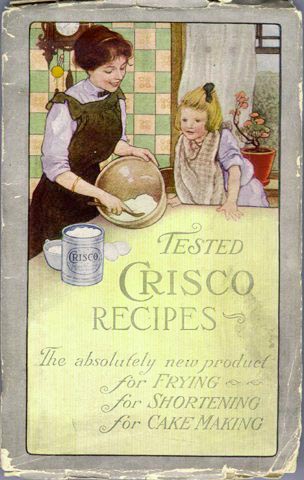Fergus Henderson describes the aroma of fermenting cabbage with an adjective which I think he made up - umpfy. I can think of no better word to describe it, though I am unsure how exactly to define it. Fermented cabbage may rouse memories of bitter, stringy sauerkraut, slopped atop a hot dog, a bit too sour, and kind of unpleasant.
Please banish that image from your mind. Cabbage that you ferment yourself is a heady, complex, flavorsome brew that is only matched in its taste by the fun of its preparation. So come with me on this odyssey and begin your first true ferment!
Umpfy Cabbage
- 1 head of cabbage (you may be able to find some still at farm markets, it keeps nicely)
- 45g / 3 Tbsp. non-iodized Salt (Sea, Kosher, Pink Himalayan, Kala Lamak Black, Fleur de Sel Guérande, Hawaiian Alaea, whatever you want)*
- Juniper Berries (optional)
Start with your cabbage, peel some of those outer fronds off, to reveal the tightly-packed interior. Here is your perfect orb of cabbage; contemplate its similarity to a brain, or whatever else comes to mind for at least five minutes before you hack it up.
Hack it up. A cleaver is helpful for particularly large heads I find it works best if you quarter with your knife in line with the stem/core so that you have 4 nice pieces with a bit of core in each. Slice out the core. I normally advocate for using and eating all parts of whatever you cook, but I have yet to find a good one for a cabbage core. I guess you could add it to a compost heap so that it doesn't just end up in the trash.
Slice the cabbage in whatever way pleases you most, though the pieces ought not be too large. Now for some clobbering fun. Grab a fairly deep ceramic, stainless steel, glass, plastic or other non-reactive** container and do the following
A layer of cabbage about a half-thumb deep, a generous sprinkle of salt, and a few juniper berries. Now clobber the hell out of the layer. Punch it, bash it, headbutt it (with hairnet), elbow drop, half-nelson, full nelson, haymaker, suplex, whatever will thoroughly clobber and get the cabbage to give up some of its juice. Careful of the juniper berries (if you are using them) while punching, they are a bit hard. Now repeat with a few more layers until all your cabbage is gone.
Now for fermentation. You must put something of fairly substantial weight atop your cabbage. I will leave you to your own creative methods here. Some starters are: a round plate with some cans or a jug of water on top, a cheese press, a hydraulic press, a small child sitting on a large can, go free with it. The weight should be pretty heavy, so that all the juice can be fully expressed. The only problem with the small child might be the next factor - that being that your urn needs to sit and ferment for 2 weeks. So, place it somewhere that it does not get much cooler than 21º C / 70º F for two weeks***.
You can take a look at the product during this time, it should release a good bit of liquid, and all your cabbage should be covered with it. If some is not, it will ferment, but in an unpleasant way, so move your cabbage around if some seems not to be covered by the juices. Also, if you see something that looks like scummy foam on the top or sides, skim it off. The most gorgeous part of it all is that you are doing a wild fermentation, the cabbage juice contains the bacteria that allow it to ferment without too much help from you.
After 2 weeks, you can either strain the liquid through a fine mesh strainer, give the cabbage itself a rinse, and re pack it, or just enjoy it in all its umpfy glory with no washing or straining (not for the faint of heart or tastebud). Store it in the fridge, where it will continue to improve in flavor for a few weeks.
*Some people obsess over the perfect salt to cabbage ratio, and you can do so too. However, I find that somewhere in the 38-45 g / 2-3 Tbsp. per medium head range is fine. If you find things too salty in the end result, reduce it by a bit next time. Not too much, because salt is an important part of the process.
** The fermentation process can discolor or eat away at certain metals. Some folks even don't use stainless steel for fear of this happening. Do what thou wilt.











